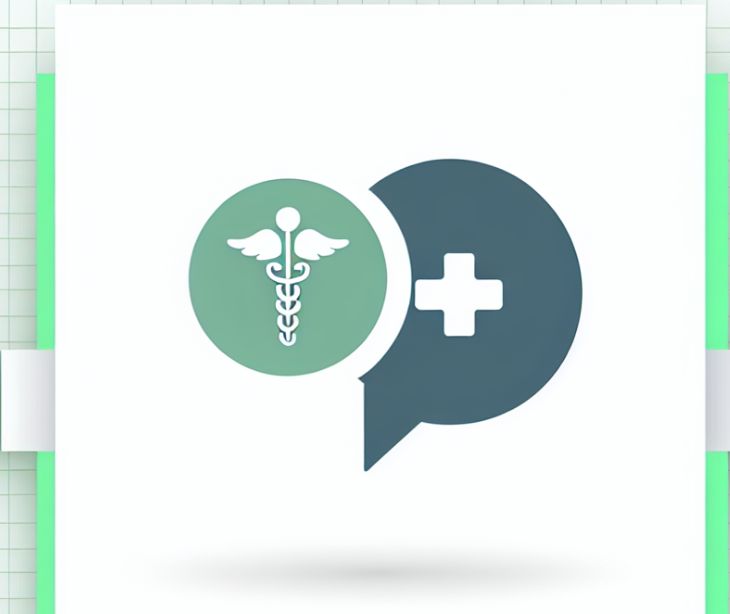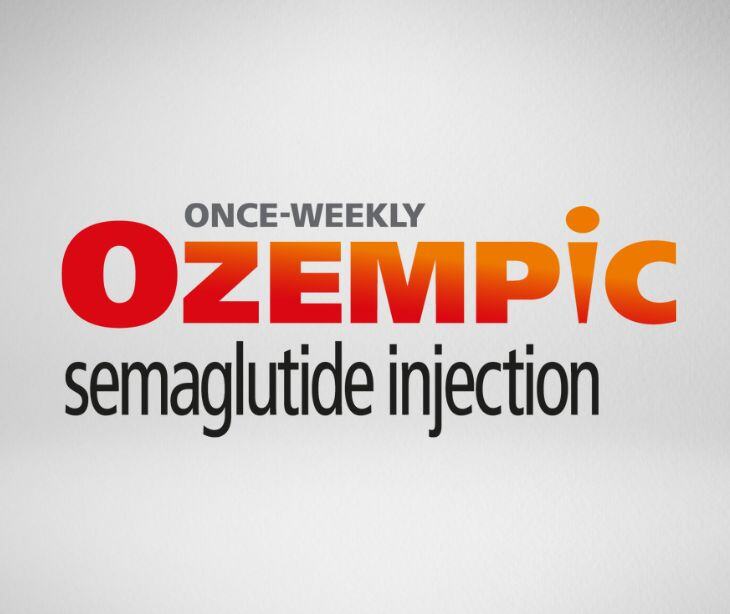5 min read
How HIPAA compliant email can improve patient satisfaction
Caitlin Anthoney March 05, 2025

Patient satisfaction is a major concern in the US, especially since the healthcare system is largely consumer-oriented. Since most Americans get health insurance through employers, private purchases, or government programs, patients' expectations have never been higher.
With this in mind, “high patient satisfaction translates into a competitive advantage in keeping old and attracting new patients,” as evidenced by a comparison of European and US American approaches to measuring patient experience and patient satisfaction.
Healthcare organizations must enhance their patient experience as a service obligation and as a strategic move to build long-term trust and loyalty.
Most healthcare facilities in the US are privately owned, so the pressure to maintain high satisfaction ratings is substantial. We must understand patient satisfaction, as satisfied patients are more likely to adhere to prescribed treatments, engage with healthcare providers, and even recommend the facility to others.
What influences patient satisfaction?
According to a recent study on Chinese patient satisfaction from a psychosocial perspective, the following factors affect patient satisfaction:
1. Stereotypes
Negative stereotypes about healthcare professionals, often shaped by media portrayals, influence patient attitudes and behaviors, leading to lower satisfaction and reinforcing doctor-patient disputes.
For example, if a patient believes that doctors are only interested in making money, their preconceived notion will likely make them mistrustful during the consultation. As a result, the patient is less likely to follow medical advice, miscommunicate concerns, and become dissatisfied with the care provided. Their negative perception can escalate into an ongoing dispute, hindering doctor-patient communication and lowering overall healthcare satisfaction.
2. Institutional trust
Higher trust in healthcare organizations improves patient safety, adherence to treatment, and the quality of doctor-patient interactions, enhancing overall patient satisfaction.
Like, when a patient visits a hospital with high treatment standards and transparent communication, the patient will be more likely to be more informed and supported. As a result, the patient trusts the healthcare institution and the medical team, leading to better-prescribed treatment adherence.
3. Humanized perception
When healthcare professionals show care and treat patients as individuals, it improves trust and satisfaction. More specifically, “the patient's perception of the doctor's humanity affects the process of doctor-patient interaction, which in turn has an impact on patient satisfaction.”
4. Patient expectations
Patients’ expectations, when met, lead to higher satisfaction, while unmet expectations can result in dissatisfaction, ultimately shaping the perceived treatment outcome. The study suggests, that "medical organizations should establish a system that meets patients' expectations and standardize the mechanism of system operation."
For example, giving post-op patients direct access to treatment information, answering possible questions, and clarifying complex medical jargon into simple terms that improve their understanding.
Patient satisfaction and communication
The Chinese study identifies patient-centered communication as "the pivot to patient satisfaction."
A literature review from the European Journal of Natural Sciences and Medicine on the determinants of patient satisfaction with healthcare reinforces these findings, stating that communication, expectations, and experiences are core determinants of patient satisfaction.
The review adds, "Patients expect doctors and nurses to communicate clearly, in a friendly manner, and to properly explain test results, diagnoses, medication, health regimens, etc.”
These studies show that when healthcare providers use compassionate communication, patients are more likely to feel heard, respected, and satisfied with their care.
So, how do we improve patient communication?
Addressing legal barriers to effective communication
Health information privacy laws, like the Health Insurance Portability and Accountability Act (HIPAA), can create unintended barriers to effective communication.
More specifically, "health information privacy laws that do not evolve with technological advances can inadvertently create barriers to effective health communication, reinforcing [health] disparities," explains an article on how legal barriers to texting may reinforce healthcare disparities and disenfranchise vulnerable patients.
Despite this, HIPAA compliant solutions, like Paubox, address these challenges, allowing effective communication while protecting patient privacy. These solutions use advanced security measures including encryption, access controls and authentication mechanisms to safeguard individuals protected health information (PHI) during transmission and at rest. It prevents unauthorised PHI access and potential data breaches, helping healthcare organizations uphold federal regulations.
Technology and patient satisfaction
The Journal of Perinatology emphasizes that "advancements and research in cost-effective and accessible health communication technologies for patients from marginalized communities" are needed. Such advancements should be "ideally with seamless integration into medical records to facilitate tracking and audit."
Paubox email meets these requirements, helping organizations optimize communication workflows, improve patient-provider interactions, reduce appointment no-shows, and enhance patient engagement.
How HIPAA compliant email can improve patient satisfaction
Addressing stereotypes
Healthcare providers can use HIPAA compliant email to address negative stereotypes, with personalized messages from providers that demonstrate understanding and repair confidence in the healthcare system.
Improving institutional trust
HIPAA compliant emails allow providers to securely send treatment plans, procedures, and outcomes. So, when patients are provided with detailed health information, they can rest assured that their privacy and well-being are of utmost importance to the healthcare organization, leading to higher overall satisfaction.
Increasing the human perception
Providers can use HIPAA compliant emails to maintain that personal touch without sacrificing confidentiality. Sending personalized follow-up communication, reminders, and health education can help remind patients that their providers care for them and want to give them a better experience.
Managing patient expectations
HIPAA compliant emails give patients direct access to consistent health information. For example, when a patient is about to undergo surgery, providers can securely email detailed information, like the procedure outline, answer common questions, and address any concerns, so the patient can make informed decisions.
Moreover, giving patients the info they need will align patients' expectations with their actual experiences to better understand their treatment options.
These email exchanges also provide patients with a documented record of the information shared, preventing potential misunderstandings. If there is confusion later, the healthcare provider and patient can refer to the emails to resolve issues quickly.
How to use HIPAA compliant email effectively
Personalize communication
Every patient is different, so providers must personalize emails to fit the patient’s needs. HIPAA compliant emails allow providers to incorporate the patient's medical details, addressing their specific needs.
It is also particularly effective for patients with certain disabilities like those who rely on screen readers or those who have auditory impairments.
Provide detailed information
Providers can use HIPAA compliant email to send detailed descriptions of the procedures, timelines, risks, and expected outcomes. These keep patients informed about their treatment plan so they can ask any questions they may have. Additionally, providers can securely send lab results, imaging reports, and other important medical information.
Encourage patient feedback
When using email to communicate with patients, healthcare providers should encourage them to ask questions if they don’t understand.
Including contact information and offering further support can also help improve engagement, where patients can easily reach out for additional information.
Maintain consistency
Healthcare providers must maintain consistent communication across different channels, whether in-person, over the phone, or via HIPAA compliant emails. If a patient receives conflicting information from different sources, it can lead to confusion and mismanaged expectations.
Providers must communicate the same messages throughout, especially regarding treatment plans and procedures.
Read also: How to personalize follow-up care emails
Strategies for enhancing communication and satisfaction
Healthcare institutions, policymakers, and providers must implement technological solutions, amending standard policies, and adhering to best practices to improve patient satisfaction.
Here are a few evidence-based recommendations according to the studies:
- Media and public perception management: Governments should encourage accurate and positive portrayals of healthcare professionals to counteract negative stereotypes influencing patient trust.
- Institutional reforms: Organizations must implement standardized operational protocols that align with patient expectations to improve trust and satisfaction.
- Training and education: Healthcare professionals should receive education on "privacy laws, data ethics, and health communication and information exchange documentation" to understand the legal complexities surrounding PHI.
- Expectation management: Patients should receive realistic information about treatment outcomes through structured HIPAA compliant communication strategies.
- Technology integration: Organizations must use "cost-effective and accessible health communication technologies for patients from marginalized communities, ideally with seamless integration into medical records."
Paubox, for example, meets these requirements so providers can use their electronic health record (EHR) system to securely communicate with patients and other healthcare professionals.
It ultimately improves patient engagement, bridging the gap in healthcare disparities for marginalized communities.
Go deeper:
- How to build inclusive HIPAA compliant email marketing campaigns
- How automated HIPAA compliant emails can increase patient satisfaction
FAQs
What type of data is protected under HIPAA?
The Health Insurance Portability and Accountability Act (HIPAA) safeguards protected health information (PHI), like medical records, treatment plans, and billing information.
Does HIPAA apply to all healthcare providers?
Yes, HIPAA applies to all healthcare providers who deal with PHI, including doctors, hospitals, insurance companies, and any business associates handling patient data.
How can HIPAA email help build patient trust?
Healthcare providers must use a HIPAA compliant email solution, like Paubox, to safeguard patients’ PHI during transmission and storage. These solutions maintain patient privacy and uphold federal standards to help build a trusting patient-provider relationship.
Subscribe to Paubox Weekly
Every Friday we'll bring you the most important news from Paubox. Our aim is to make you smarter, faster.



